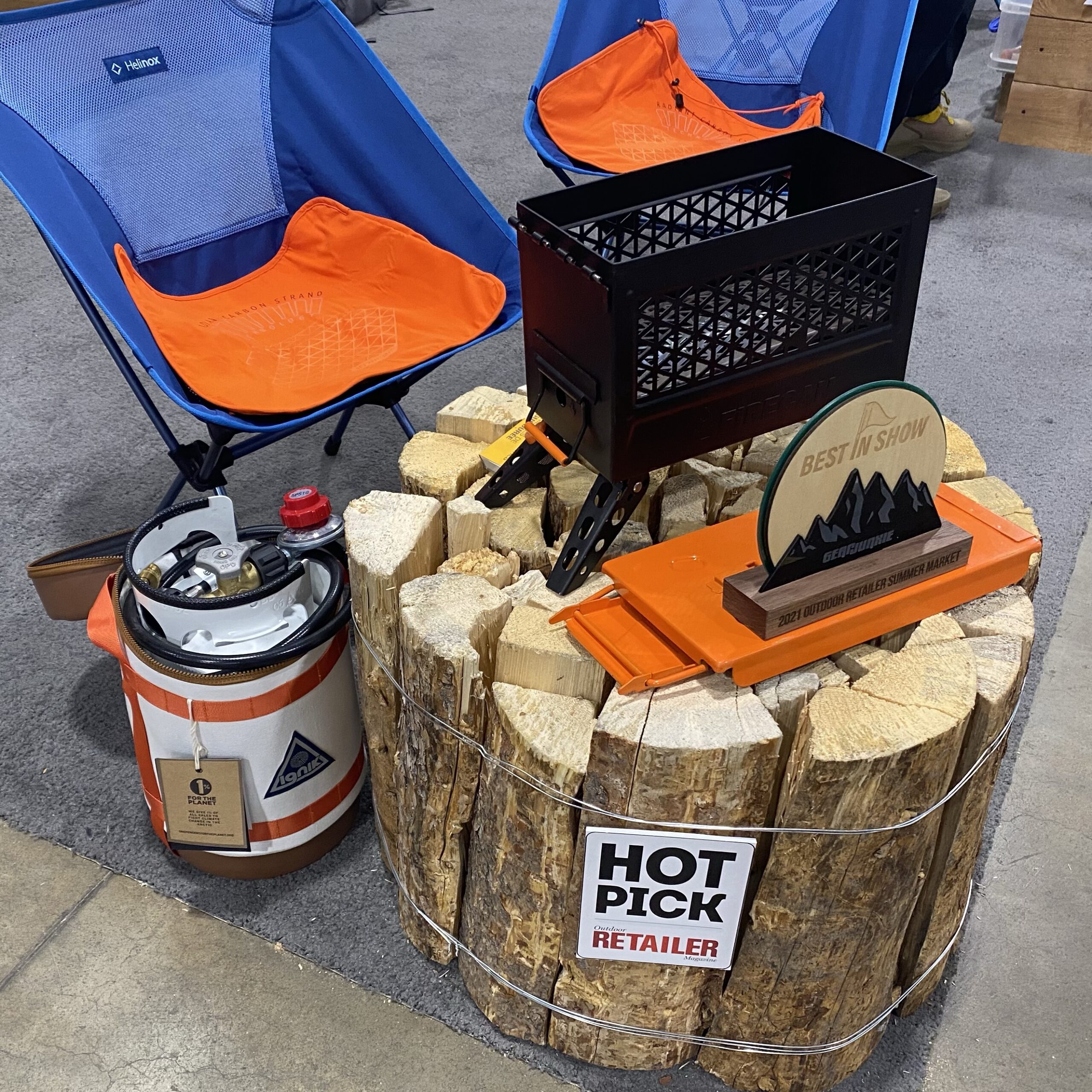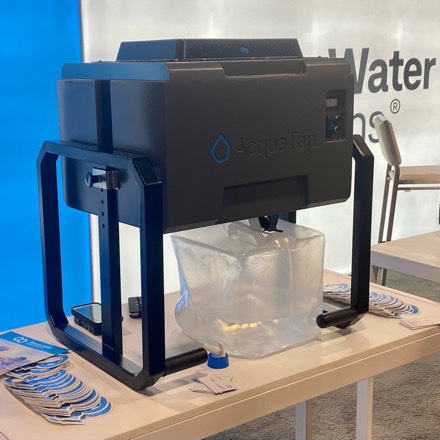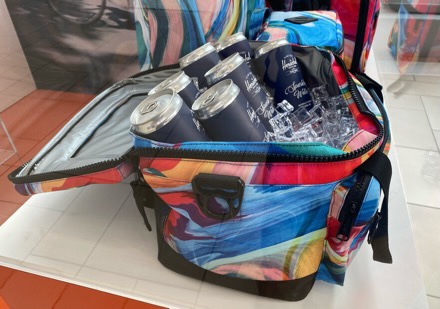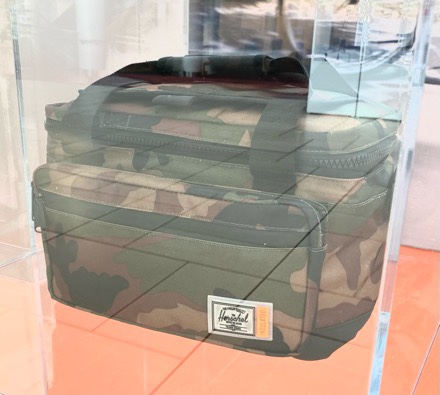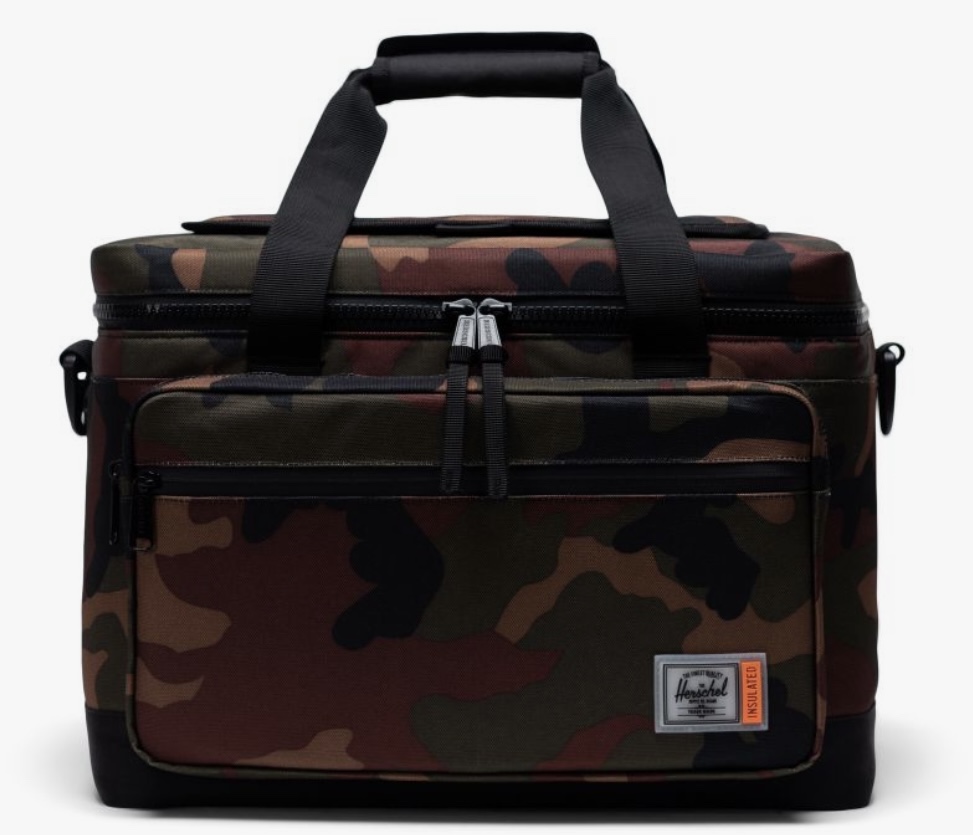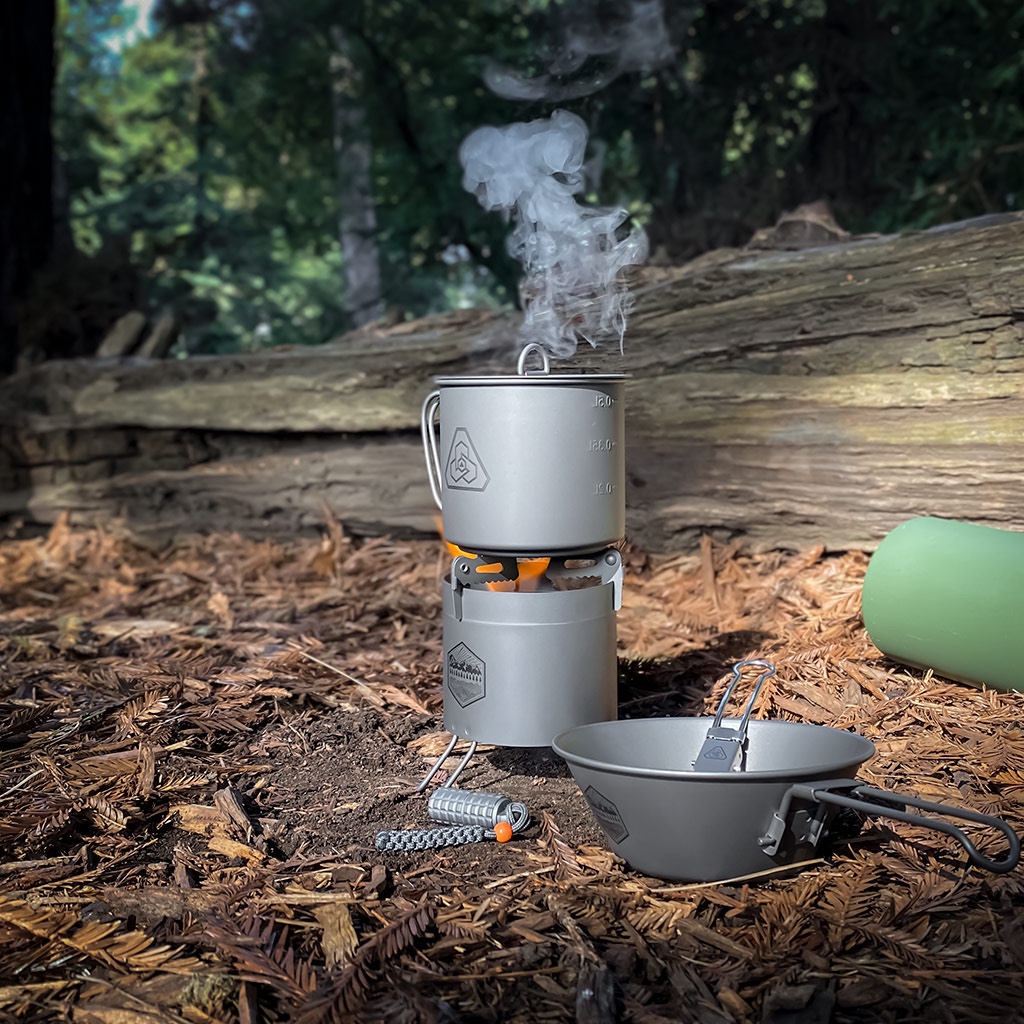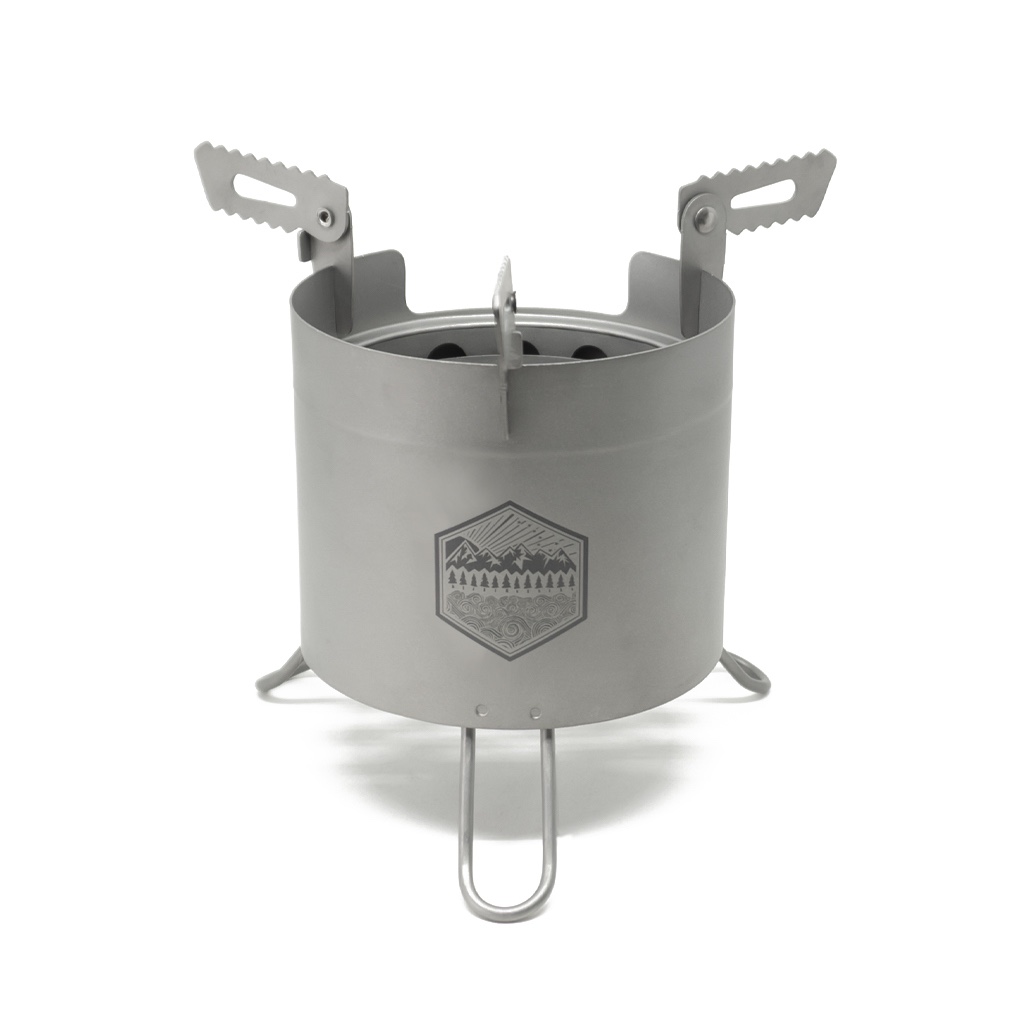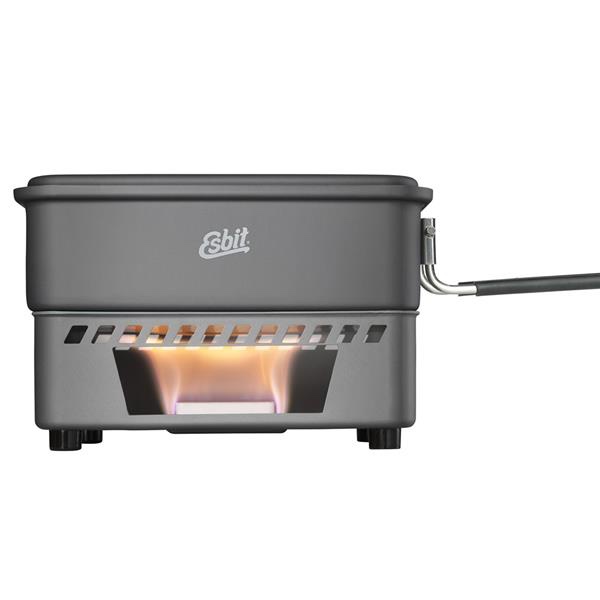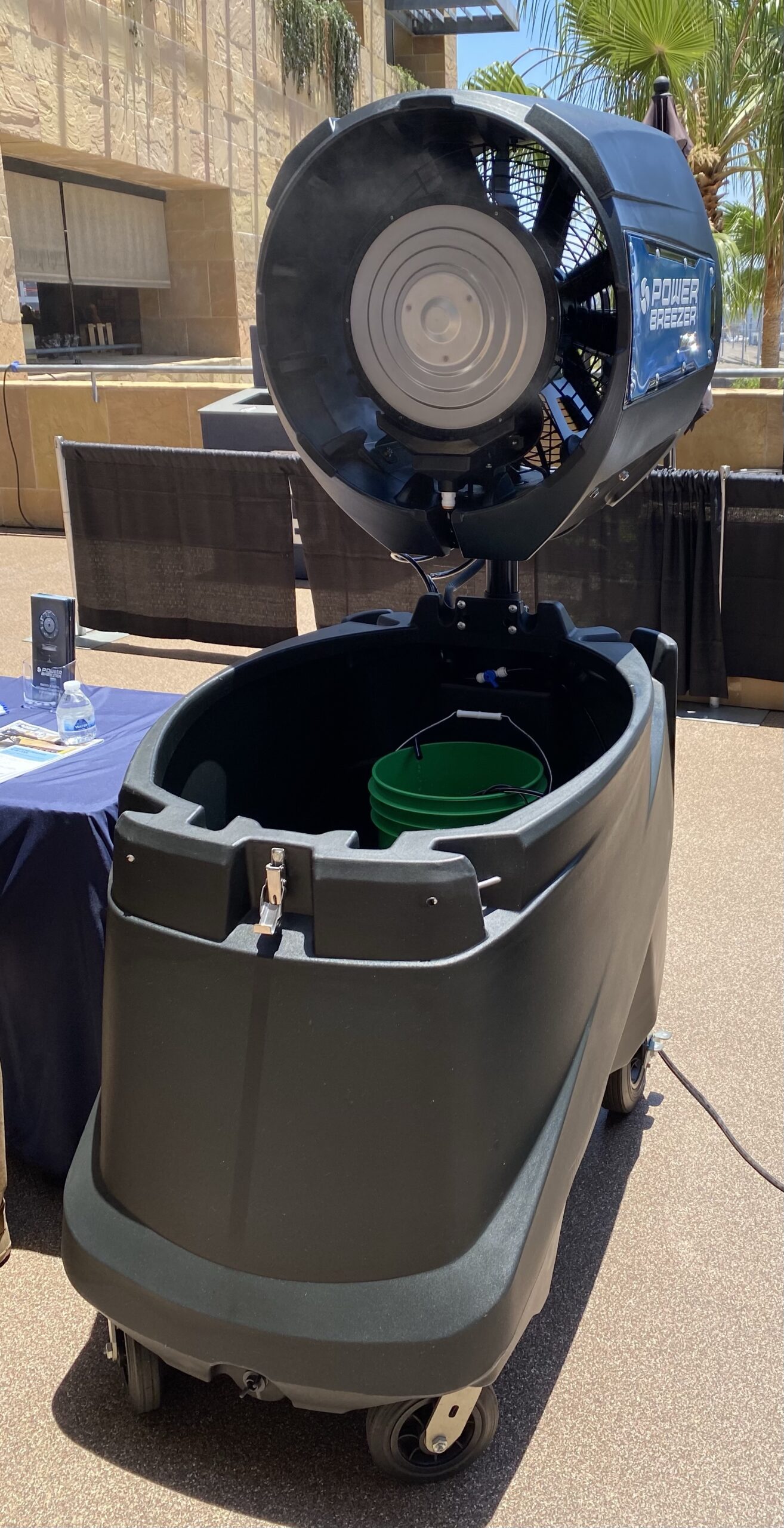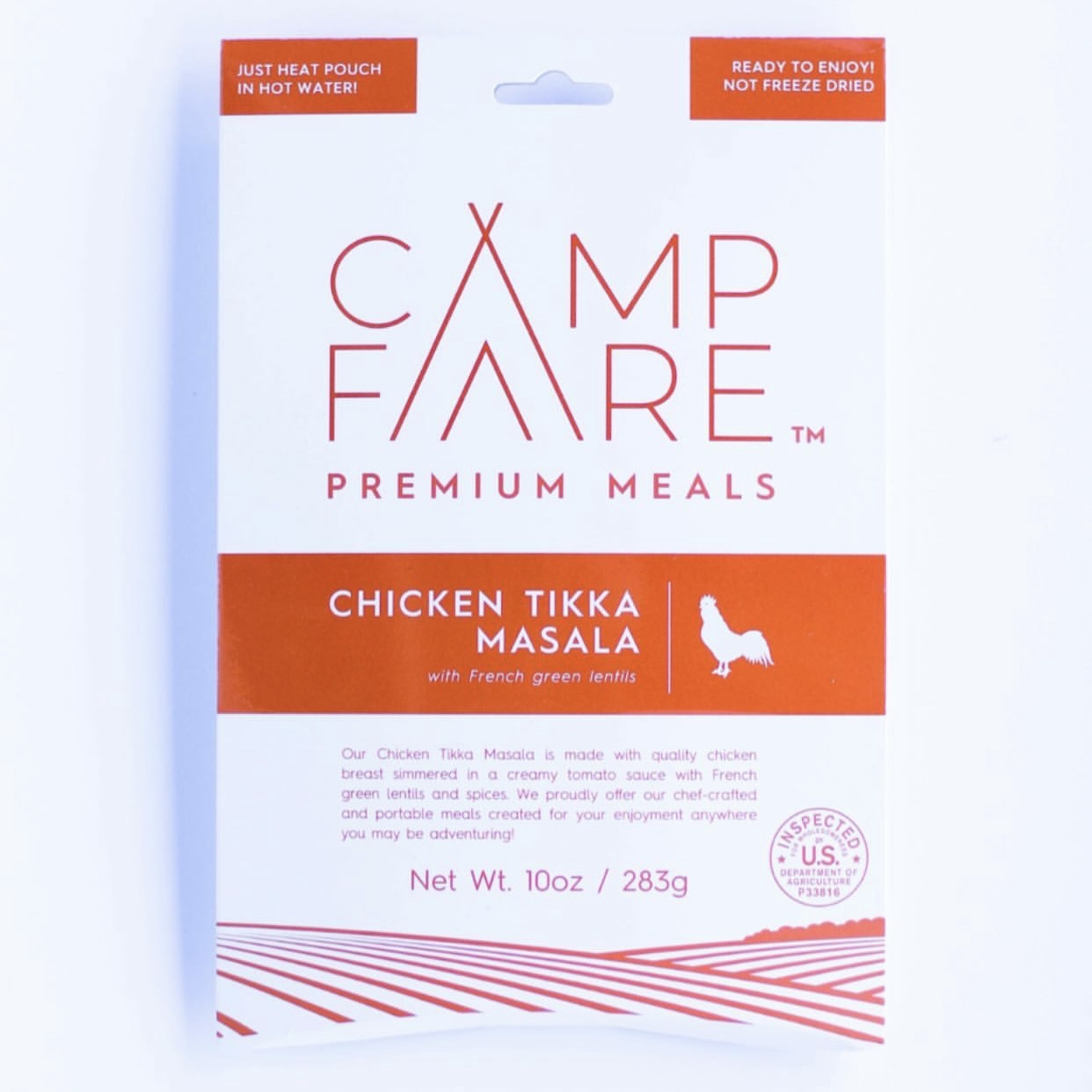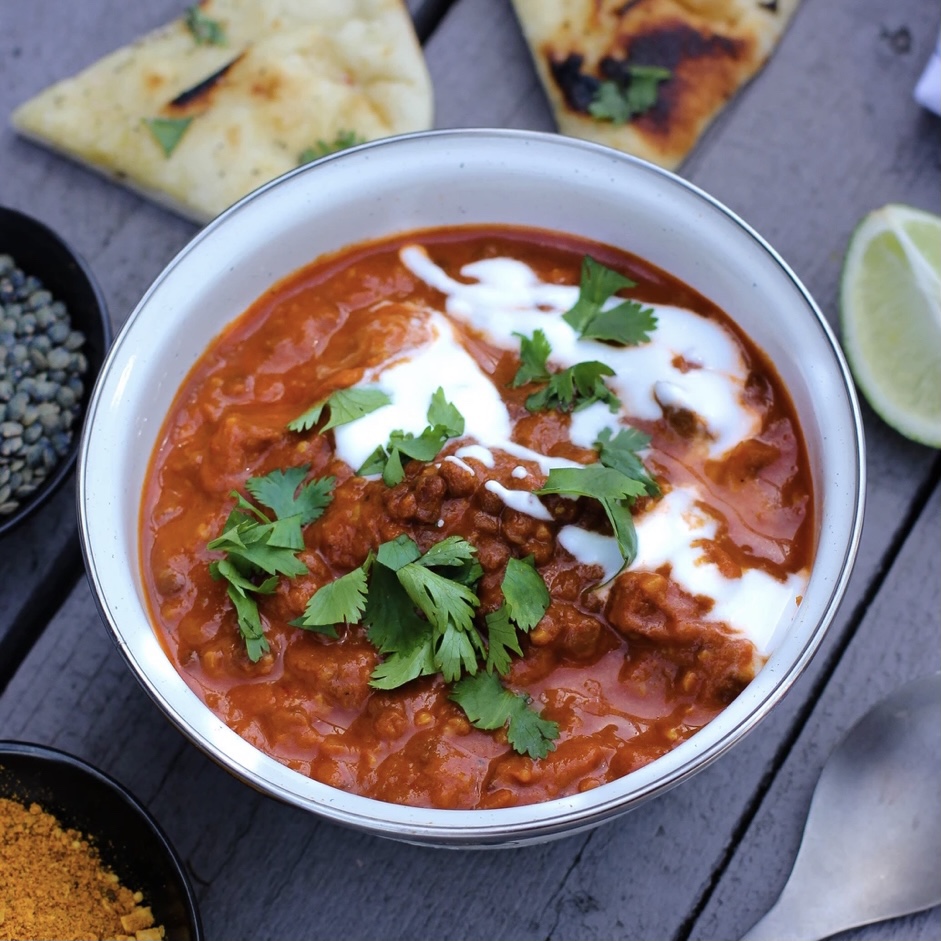Itasca, IL, July 13, 2021 – Darley, in partnership with KRW, has available three sizes of the Smart Bottle, a ruggedized, BPA-free, collapsilble bottle that stores flat but stands upright even when partially filled. It is ideal for disaster response and emergency preparedness. Filled Smart Bottles are easy to transport and distribute via integrated top and bottom handles. Bottles come in three sizes: 1-gallon, 2.6-gallon, and 5.3-gallon.
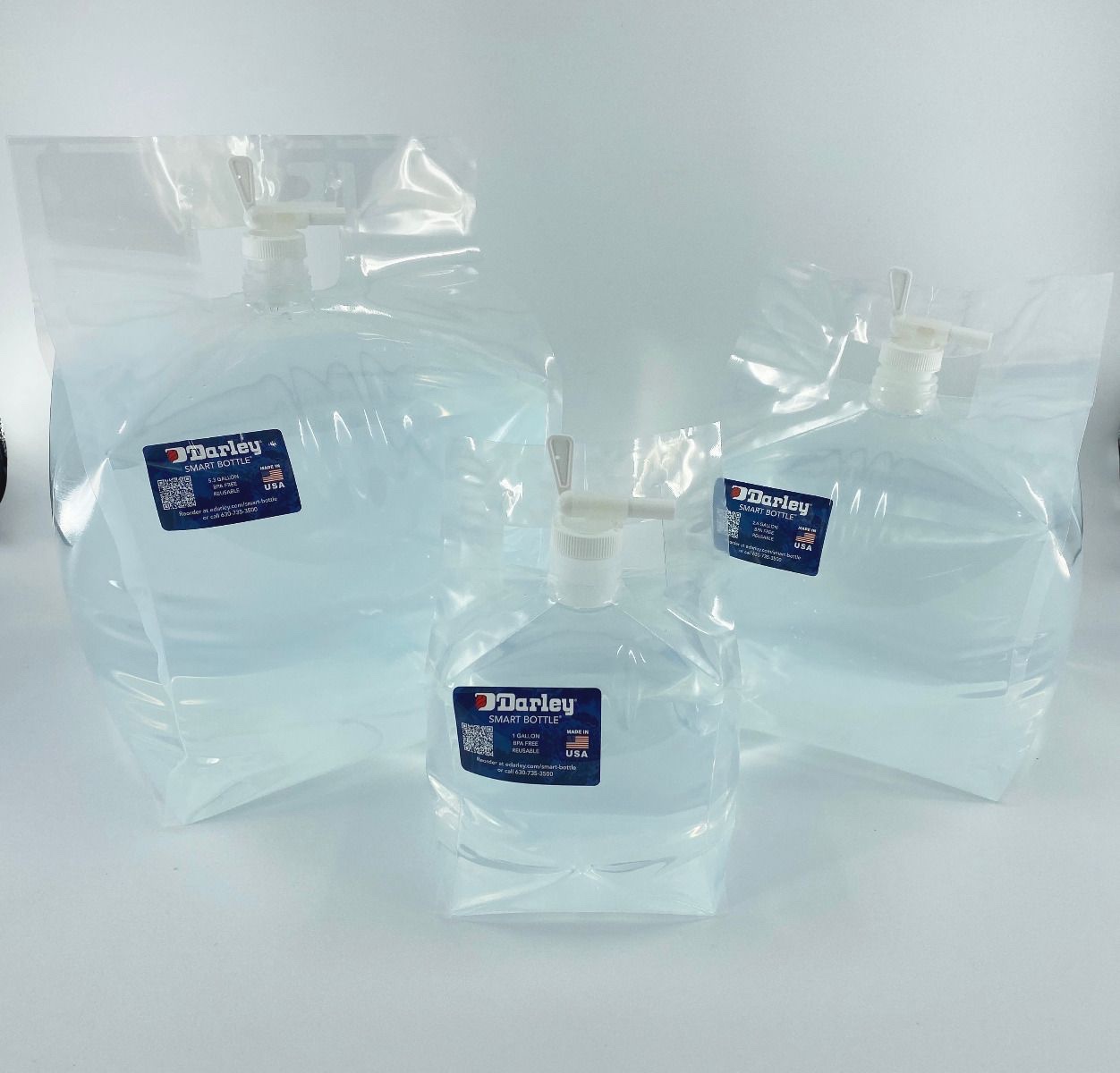
Homeowners can maintain a stock of empty Smart Bottles® in less space than a shoe box for a family of three. Municipalities can preposition pallets of empty Smart Bottles® (2,400 2.6-gallon containers per standard pallet) which can be readily accessible for rapid fill and distributionduring emergency operations. Three 2.6-gallon Smart Bottles® can supply enough water for three people for three days during a water crisis.
If safe drinking water is not available to fill containers for distribution, the Darley Safe Water BoxTM is 2.64-gallons (10L) of premium drinking water in bag-in-a-box packaging. It can be stored for up to three years so municipalities can be prepared in advance for emergencies. The Safe Water Box ships 80 boxes per pallet.
For more information on both the Darley Smart Bottle and the Darley Safe Water Box, please visit www.edarley.com.
